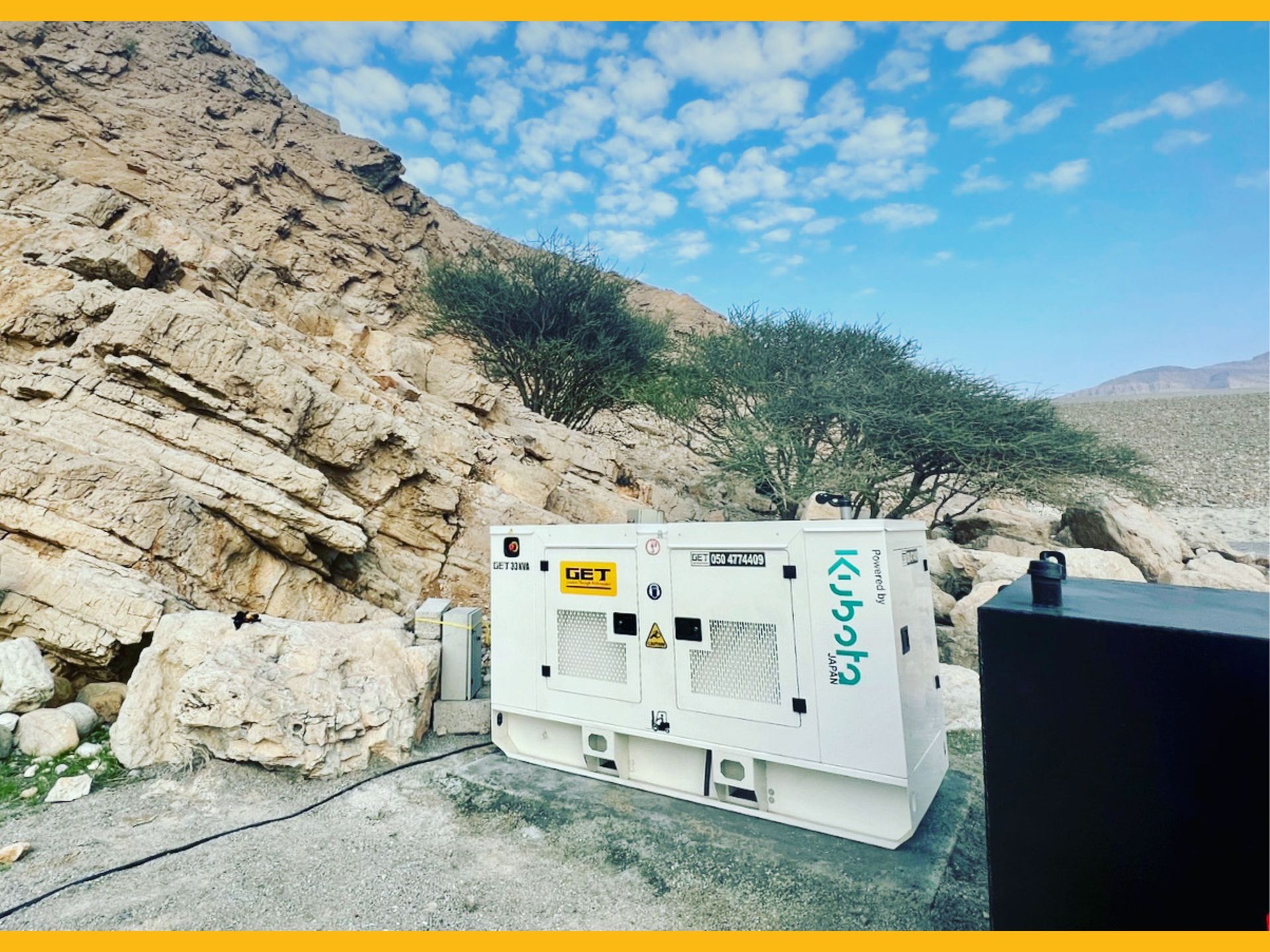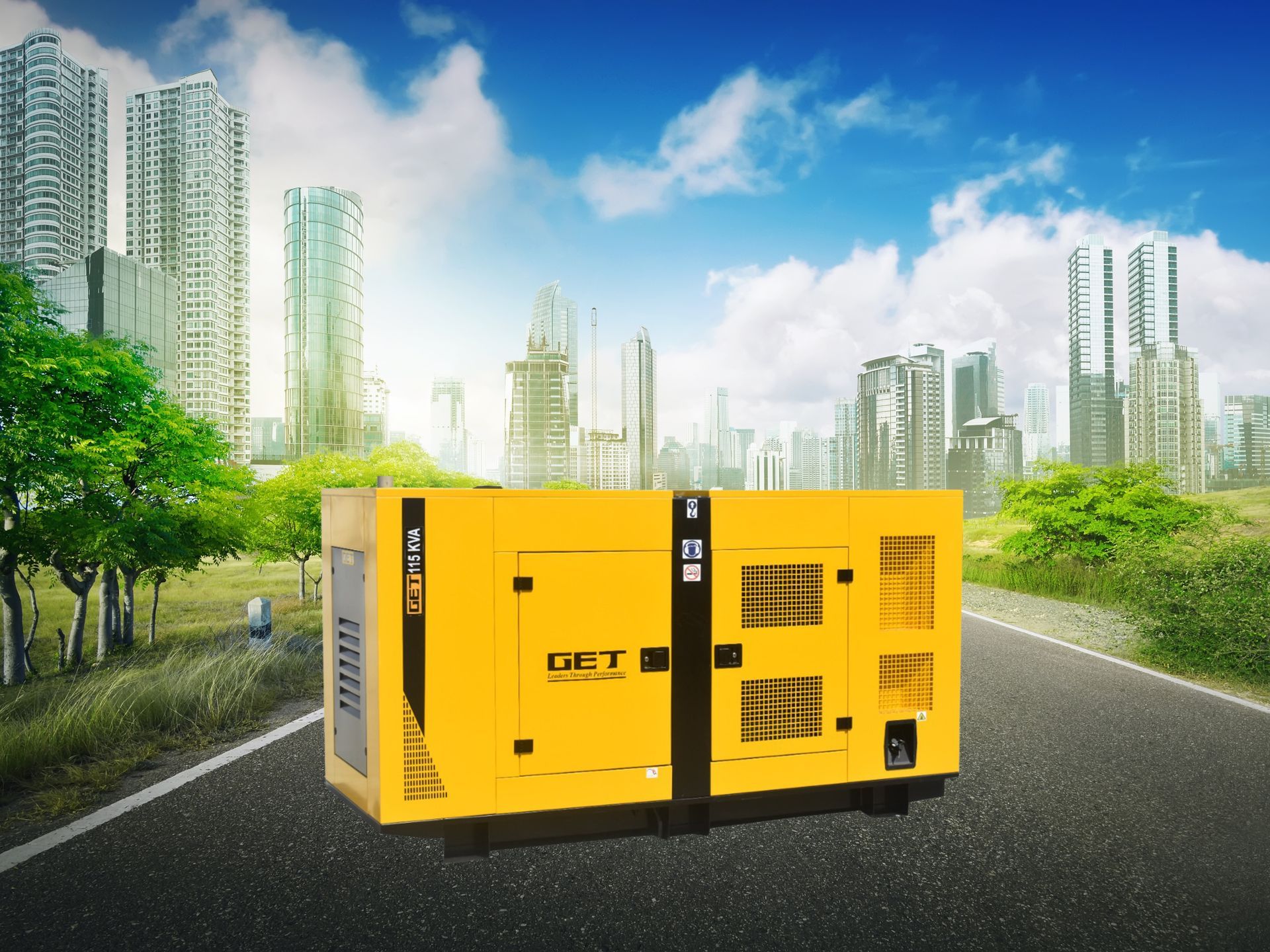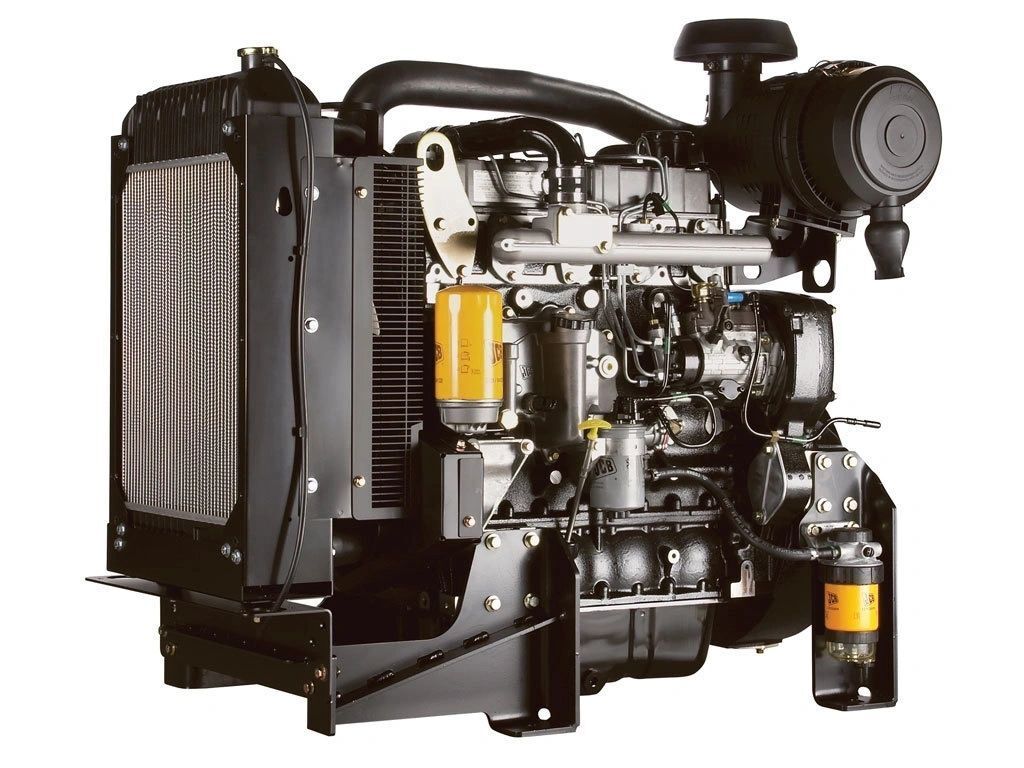News & Blogs
GET News & Blogs
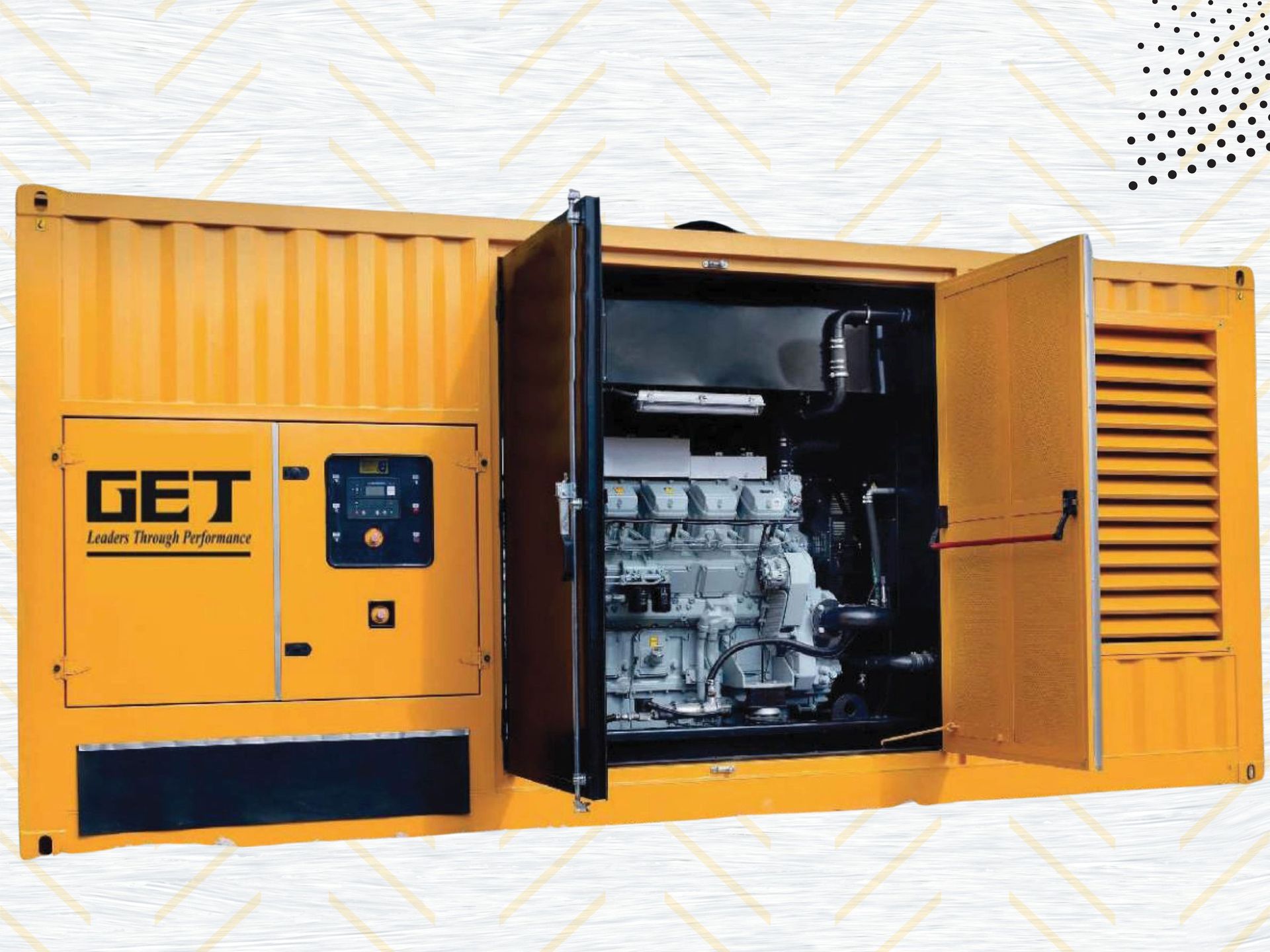
24 Apr, 2024
A soundproof generator, soundproof container, or silent generator are terms that many people are familiar with. Few people, though, are aware of how they operate or what to anticipate from them unless they are employed in the field. The operation of a soundproof container Generators are very noisy, particularly those that are not containerized. They are so loud that working close to them can result in hearing loss unless protective gear is worn, and they are so noisy that they pose a serious risk to surrounding businesses and bystanders. Therefore, to ensure that any portable or emergency power generators only produce an acceptable level of noise, laws and regulations have been passed. A silent generator reduces noise that is audible to customers, staff, and other members of the public by operating inside a soundproof container or generator enclosure. What a soundproof Generator Enclosure contains? The majority of silent generators or soundproof containers are made of composite materials in their generator enclosures. Usually, there are two types of materials used for this purpose: hard layers that reflect sound energy into the enclosure and soft, porous, resilient layers that absorb sound energy and turn it into heat. However, different materials absorb different frequencies more or less effectively. It's possible that "Material A" absorbs very high frequencies very well but poorly at lower ones. "Material B" may be excellent at absorbing low to midrange frequencies, but it is ineffective at high frequencies. For this reason, the majority of contemporary soundproof generators employ multiple layers of various materials. Highly porous materials work best at absorbing higher-frequency sound because they can send these smaller waves deep into the material, dispersing and absorbing them. The challenge of lower-frequency sound is completely different. Sometimes, large, heavy layers of material that are merely resistant to movement can deflect or absorb these waves; however, when working with lightweight materials, an "air pocket" technique yields the best results. Large, shallow air gaps separate the thin material panels. This arrangement raises the low-frequency sound to a higher, sharper pitch by using the resonance effect. The porous materials in the air gap itself can then absorb that higher-frequency sound. Since not all generators produce the same frequency range, the specific materials and layering techniques used will vary depending on the generator. For the soundproof container to be as effective as possible at absorbing the precise range of sound that the gen-set produces, a generator enclosure should be engineered for a specific class and type of generator, or better yet, a specific model. GENERATOR NOISE - HOW IS IT QUANTIFIED? Decibels (dB) are commonly used to measure sound levels. Loud is generally defined as anything over 80 dB. Most people find sound levels between 100 and 125 dB to be "uncomfortable," and beyond 140 dB, most people experience pain. There are two ways to measure the noise produced by a generator: either on an audible scale (dB(A) that only really considers sounds that human ears can normally detect, or on a linear scale (dB(L) that weights all frequencies equally. dB(A) is the most useful scale to use for a soundproof container

02 Apr, 2024
Introduction Diesel generators are widely used in various industries and applications as a reliable source of backup or primary power. Understanding the core components and functions of diesel generators is essential for proper operation, maintenance, and troubleshooting. In this blog, we will delve into the technical details, specifications, and important facts about diesel generators. 1- Engine: The engine is the heart of a diesel generator, responsible for converting fuel into mechanical energy. Here are some key technical details and specifications related to the engine: a- Displacement: The engine displacement determines the power output of the generator. It is usually measured in liters (L). b- Compression Ratio: This ratio defines the relationship between the cylinder's maximum and minimum volume and affects the engine's efficiency and performance. c- Cooling System: Diesel generators have either air-cooled or liquid-cooled engines. Liquid-cooled engines offer better heat dissipation and are more suitable for high-power applications. d- RPM (Revolutions Per Minute): The engine's rotational speed, measured in RPM, affects the generator's frequency output. The standard RPM for most generators is 1,500 or 1,800. 2- Alternator: The alternator, also known as the generator head or stator, converts the mechanical energy produced by the engine into electrical energy. Here are some important details about the alternator: a- Output Power: The alternator's output power is measured in kilowatts (kW) and indicates the maximum electrical power the generator can provide. b- Voltage: The alternator produces electrical energy at a specific voltage, commonly 120/240 volts for residential use or higher voltages for industrial applications. c- Phase Configuration: Diesel generators can be single-phase or three-phase, depending on the application's power requirements. Three-phase generators provide a more stable power supply. 3- Fuel System: The fuel system ensures the proper delivery of diesel fuel to the engine for combustion. Here are some key components and specifications related to the fuel system: a- Fuel Tank Capacity: The capacity of the fuel tank determines the generator's runtime. Larger fuel tanks allow for longer operation without refueling. b- Fuel Consumption: Diesel generators have a specific fuel consumption rate, usually measured in liters per hour (L/hr) or gallons per hour (GPH), indicating how much fuel is consumed for a given load. c- Fuel Filtration: Proper filtration is essential to prevent impurities and contaminants from entering the engine, ensuring smooth operation and minimizing the risk of damage. 4- Control Panel: The control panel is the interface through which the user can monitor and control the diesel generator's performance. Some key features and functions of the control panel include: a- Voltage and Frequency Monitoring: The control panel displays the generator's voltage and frequency output, allowing operators to ensure it falls within acceptable ranges. b- Load Monitoring: It provides real-time information about the current load on the generator, helping operators adjust the power output accordingly. c- Safety Features: The control panel incorporates safety features such as overload protection, low oil pressure shutdown, and high-temperature shutdown to safeguard the generator and prevent damage. 5- Cooling System: Diesel generators need an effective cooling system to regulate engine temperature and ensure optimal performance. Here are some cooling system components and specifications: a- Radiator/Air Cooler: Cooling systems can be air-cooled or liquid-cooled. Air-cooled generators use a radiator or air cooler to dissipate heat, while liquid-cooled generators use a liquid coolant circulated through a radiator. b- Fan: The cooling system includes a fan to enhance airflow and maintain proper cooling. c- Coolant: Liquid-cooled generators require coolant, typically a mixture of water and coolant additives, to maintain suitable operating temperatures. Conclusion: Diesel generators are complex machines with various core components and functions. Understanding the technical details, specifications, and important facts about these components is crucial for the reliable operation and maintenance of diesel generators. By grasping the key features of the engine, alternator, fuel system, control panel, and cooling system, users can make informed decisions when selecting, operating, and troubleshooting diesel generators. Always consult with experts and adhere to manufacturer guidelines to ensure proper usage and maximize the lifespan of your diesel generator
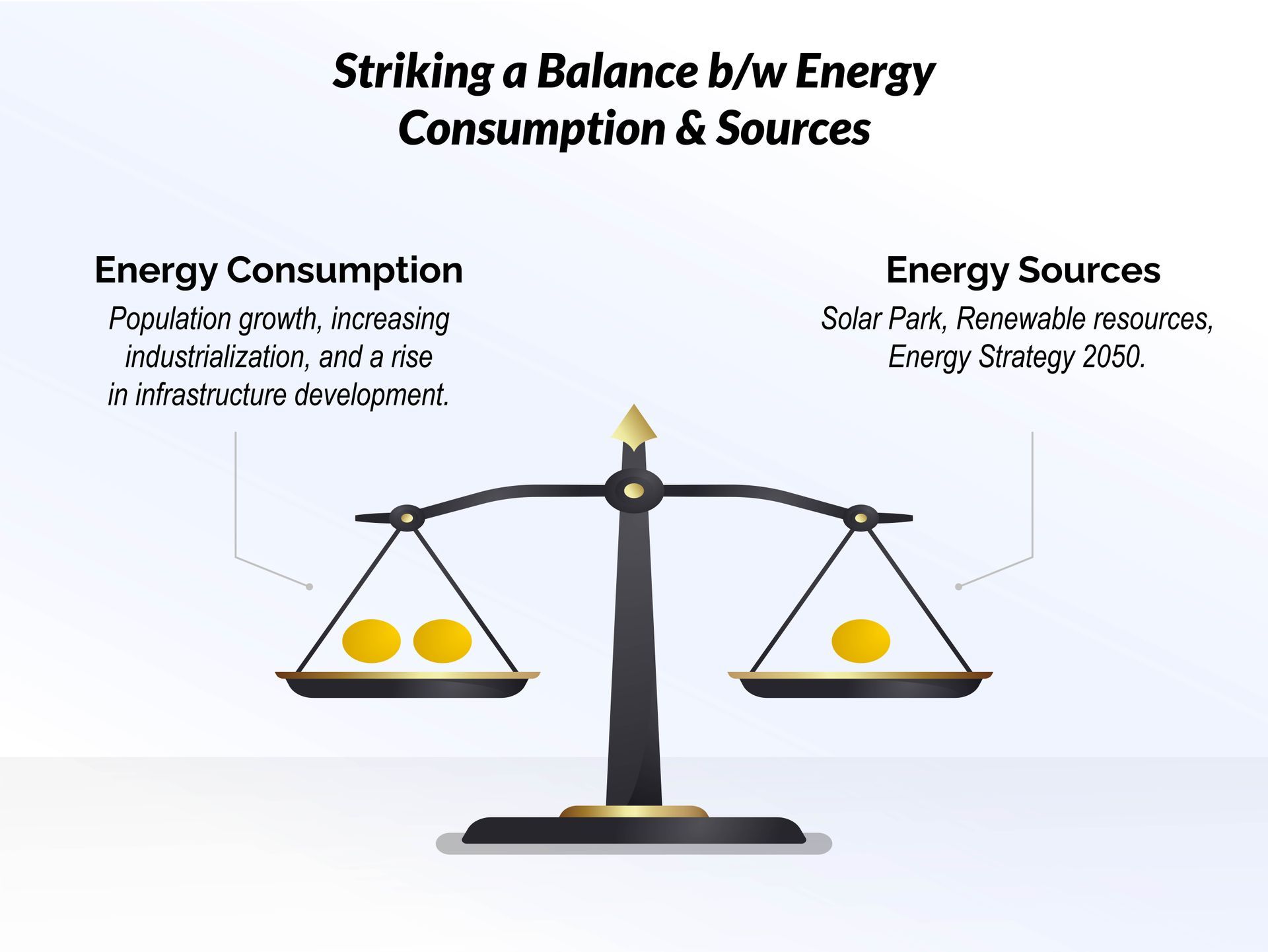
12 Mar, 2024
The UAE's remarkable progress and rapid development have naturally led to increasing
energy needs. However, the country is keen on striking a balance by embracing sustainable
energy practices and diversifying its energy mix. By encouraging renewable energy projects,
promoting energy efficiency, and fostering innovation, the UAE is setting impressive
benchmarks on the global stage.
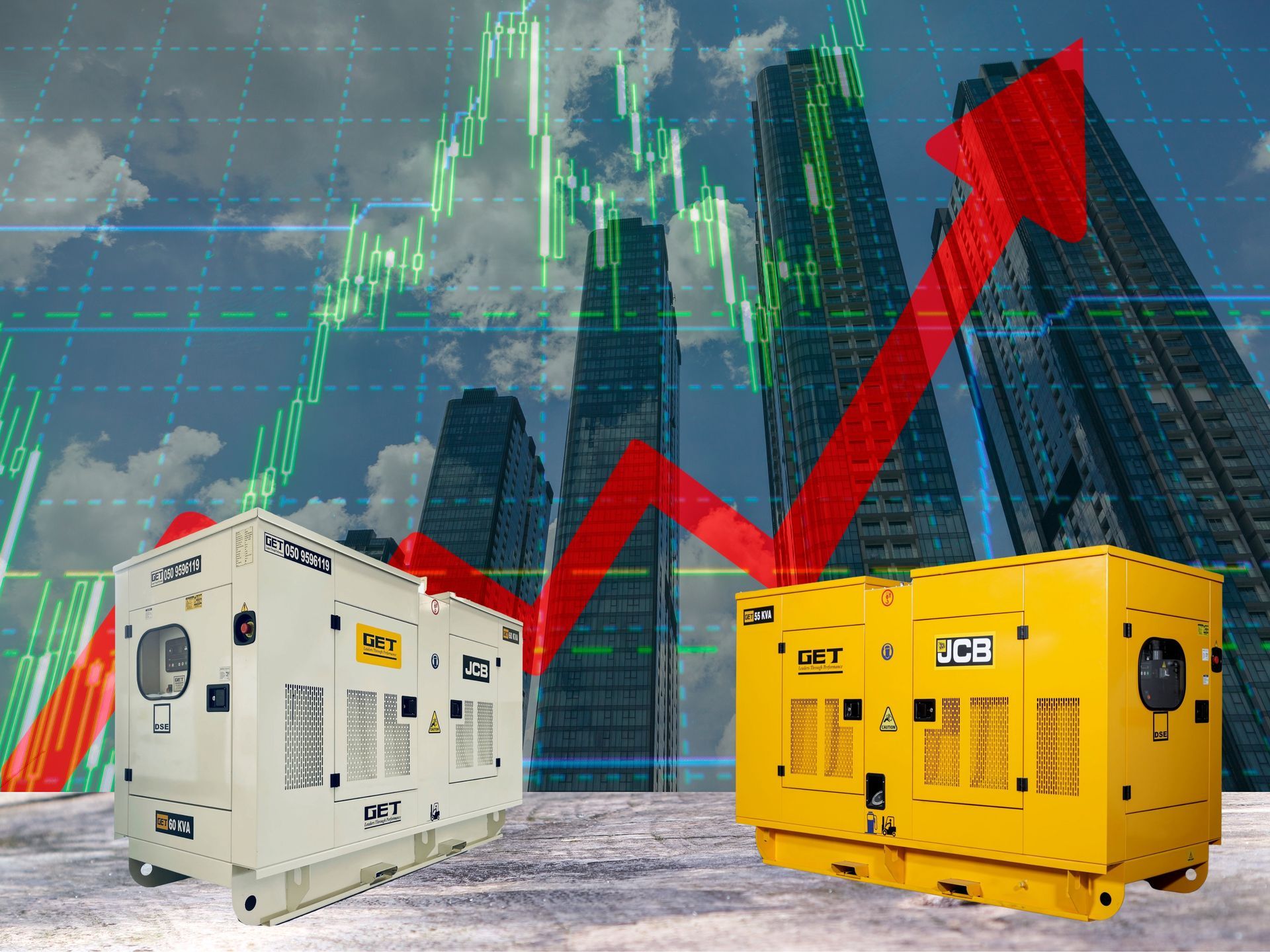
04 Mar, 2024
In recent years, the United Arab Emirates (UAE) has experienced a significant surge in the demand for power generators. This uptrend can be attributed to various factors, including rapid urbanization, industrial growth, extreme weather conditions, growth in tourism, a shift to renewable energy, and the need for reliable backup power sources. Let's delve deeper into the reasons behind this increasing demand and understand the relevant data and statistics shaping this market trend. 1. Urbanization and Infrastructure Development As urban centers in the UAE continue to expand and develop, the electricity demand has risen exponentially. With the construction of mega-projects, high-rise buildings, and smart cities, the strain on the existing power grid has intensified. This has led to a growing reliance on power generators to supplement the grid during peak demand periods or in areas with inconsistent power supply. The bustling cities of Dubai and Abu Dhabi, along with other emirates, have witnessed tremendous economic growth and urban development. These monumental advancements have led to a surge in residential, commercial, and industrial construction projects. As electricity remains the backbone of these endeavors, the demand for power generators continues to rise. According to the International Monetary Fund (IMF), the UAE's GDP has grown at an average rate of 3.8% from 2016 to 2020, indicating a sustained economic expansion. 2. Industrial Growth and Commercial Sector The UAE's thriving industrial and commercial sectors have also fueled the demand for power generators. Industries such as manufacturing, oil and gas, construction, and logistics require a stable and uninterrupted power supply to operate efficiently. Power generators serve as a reliable backup solution to ensure continuous operations, safeguarding businesses from costly downtime and losses. The construction sector alone generated a staggering AED 38.4 billion ($10.5 billion) in value in 2019, accounting for 7% of the UAE's GDP. 3. Extreme Weather Conditions and Resilience The UAE is known for its extreme weather conditions, including scorching summers and occasional sandstorms. These environmental challenges pose risks to the stability of the electrical grid, leading to power outages. To mitigate these risks, many businesses, communities, and infrastructure projects have turned to power generators as a primary or backup power source to maintain operations and critical services during adverse conditions. The UAE's desert climate exposes the region to extreme weather conditions, with scorching summers reaching temperatures above 45°C (113°F). This excessive heat increases the strain on the power grid, resulting in frequent power outages. To combat this, both businesses and individuals have turned to power generators to ensure continued operations and prevent disruptions caused by erratic electricity supply. According to the World Bank, average annual temperatures in the UAE have increased by approximately 1.15°C (2.07°F) over the last 50 years, further intensifying the need for power generators. 4. Growth in Tourism and Hospitality The UAE is a top tourist destination, attracting millions of visitors each year. From luxury resorts to extravagant shopping malls, the tourism and hospitality sectors have flourished, placing significant demands on the local power supply. Resorts, hotels, and tourist attractions all require uninterrupted power for their guests' comfort and safety, driving the demand for power generators. According to the UAE Ministry of Economy, the tourism sector contributed approximately AED 164.7 billion ($44.9 billion) to the national economy in 2019, accounting for 11.1% of the UAE's overall GDP. 5. Shift towards Renewable Energy While the surge in demand for power generators might seem counterintuitive amid the global shift towards renewable energy, it serves as a transitional necessity. The UAE is also actively investing in renewable energy sources like solar and wind power. However, the integration of such sources into the national grid takes time and careful planning. Power generators serve as a reliable stop-gap solution until renewable energy infrastructure is fully developed. The UAE aims to generate 50% of its energy from clean sources by 2050, as announced by its leadership under the "UAE Energy Strategy 2050." Conclusion: Embracing a Resilient Energy Future The growing demand for power generators in the UAE is a clear indicator of the country's commitment to building a resilient and sustainable energy infrastructure. As the need for a reliable power supply continues to rise, the use of power generators will play a crucial role in enhancing energy security, promoting economic growth, and ensuring uninterrupted access to electricity for all sectors of society. By staying attuned to market trends, leveraging innovative technologies, and embracing energy-efficient solutions, the UAE is poised to meet the escalating demand for power generators while advancing towards a more resilient and sustainable energy future.

10 Jul, 2022
LED is the emerging technology and leading the future of temporary job site lighting especially when it is powered by PV solar panels and have so many advantages comparing to traditional Metal-Halide bulbs. The Metal-halide Towers are expensive to maintain to start with. They go through as many as 10 bulbs and ballasts replacement per year. They are sensitive and can easily got damage during transportation. As lighting towers are usually required in a remote areas the cost of bulbs and ballast is not the main concern for the customer but also the cost of call out that cover labor hours, travelling to site and service expenses. An additional cost to consider is that the Metal Halide bulbs consume more fuel and require an over-sized alternator to supply 4000 W required to emit light. On the operational side a major disadvantage of Metal Halide bulbs is they re-strike and need few minutes warming time before they lit again once they are shut down. Metal-halide bulbs light efficiency also erodes with time and have a short running life expectancy comparing to LED bulbs that can run for 50000 hours. The LED lighting technology on the other hand are highly efficient, have a longer running life, less downtime, no ballast required, durable, can be configured to reduce glare, better light quality, require less fuel, no re-strike issues and they far exceeds the light output of the traditional Metal halide light. On the top of that the LED Light heads can be environmental friendly as they can run on solar system only at zero emission, zero noise, zero pollution. For the above reasons GET have all type of vertical, solar, portable LED Lighting Towers available in stock to serve and light your business needs.

By 45991f1f-d801-4ff2-aca4-ad30933d50d7
•
10 Jul, 2022
Diesel engines are the workhorses of power generation, agriculture, construction, drilling, forestry, industry, mining, transportation and shipping. They power everything from generators, buses and combines to bulldozers, excavators, semi-trailer trucks, ships and trains. Diesel powered engines are classified as internal combustion engines. chemical energy is converted into mechanical energy. This occurs when fuel is channeled into the interior of the engine where it ignites to produce energy that’s converted into power to make a machine move or produce electrical power. Diesel engines feature a compression ignition (CI) system that in very basic terms produces combustion using: Super-heated air. Air is pumped into a compact cylinder where it’s quickly and forcefully compressed by the piston. This rapid, powerful compression causes the air to instantly heat to a high temperature, typically between 500 and 1000 degrees F. Fuel injection. A fine mist of fuel is injected (sprayed) into the cylinder, where the super-heated air causes it to instantaneously ignite without the need for a spark plug or other fire source. Energy. When the air ignites, it produces energy that pushes the piston out of the cylinder. This transfers power from the cylinder to the piston, through the crankshaft and gears to turn the wheels and make your vehicle go. When a diesel engine is running, the CI process is repeated over and over again producing the steady stream of energy required to power machines. Diesel engines offer significant advantages. The fundamental design is simpler and more straightforward, comparatively speaking, so there are fewer parts to maintain or replace. The compression process is forceful and effective, which burns fuel more completely and produces more energy to make the most of every drop. This effect is maximized because diesel fuel is denser than gasoline, so each gallon produces roughly 30% more energy on average. The dense fuel also acts as a better lubricant, which reduces friction and helps diesel engines last longer. Diesel engines also have a few drawbacks. They perform best at the steady speeds required for highways, but can seem sluggish in stop-start city driving. Because diesel fuel is less refined, it contains more energy potential but produces more emissions, so in spite of improvements, many diesel-powered vehicles continue to fall short of their gas-powered counterparts.
ABOUT US
Energy Service Company specializes in Power Generators, Diesel Engines, Lighting Towers, Diesel Tanks, Trailers & accoustic Canopies fabrication & aftersales services.

